From the Mattatoio to the First Industrialization
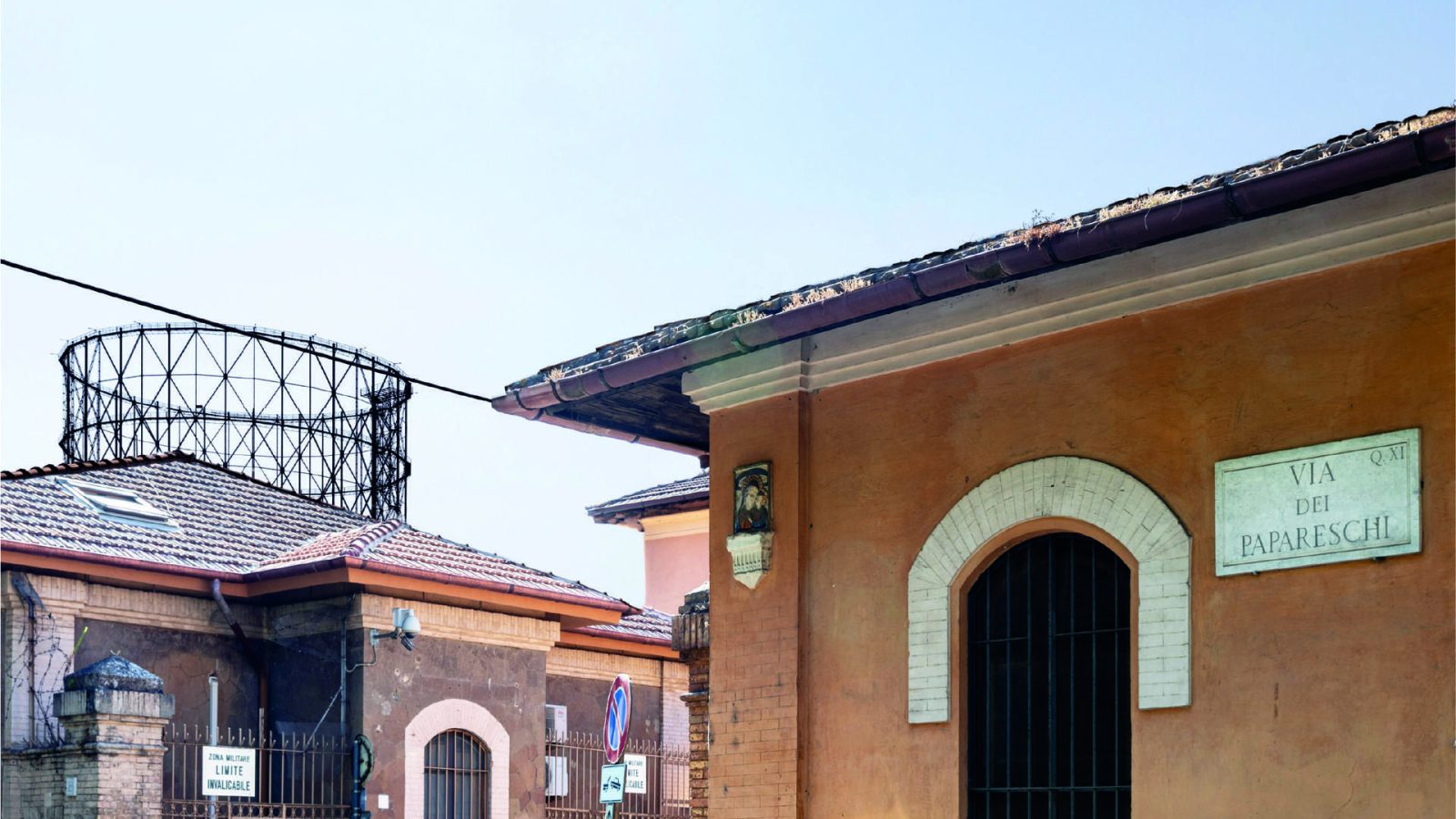
We are in the vibrant heart between Ostiense and Marconi, in the 11th District, where, between the late 19th and early 20th centuries, Rome was writing one of its most dynamic chapters. Here, next to the Testaccio Mattatoio (once Rome’s municipal slaughterhouse) and near a strategic rail hub, the Ponte dell’Industria was built in 1863. Also known as Iron Bridge, it connects Porta Portese Station to Termini – the main train station in Rome – and it paves the way for the Capital’s first industrial district.
The Mira Lanza Nursery: People at the Center
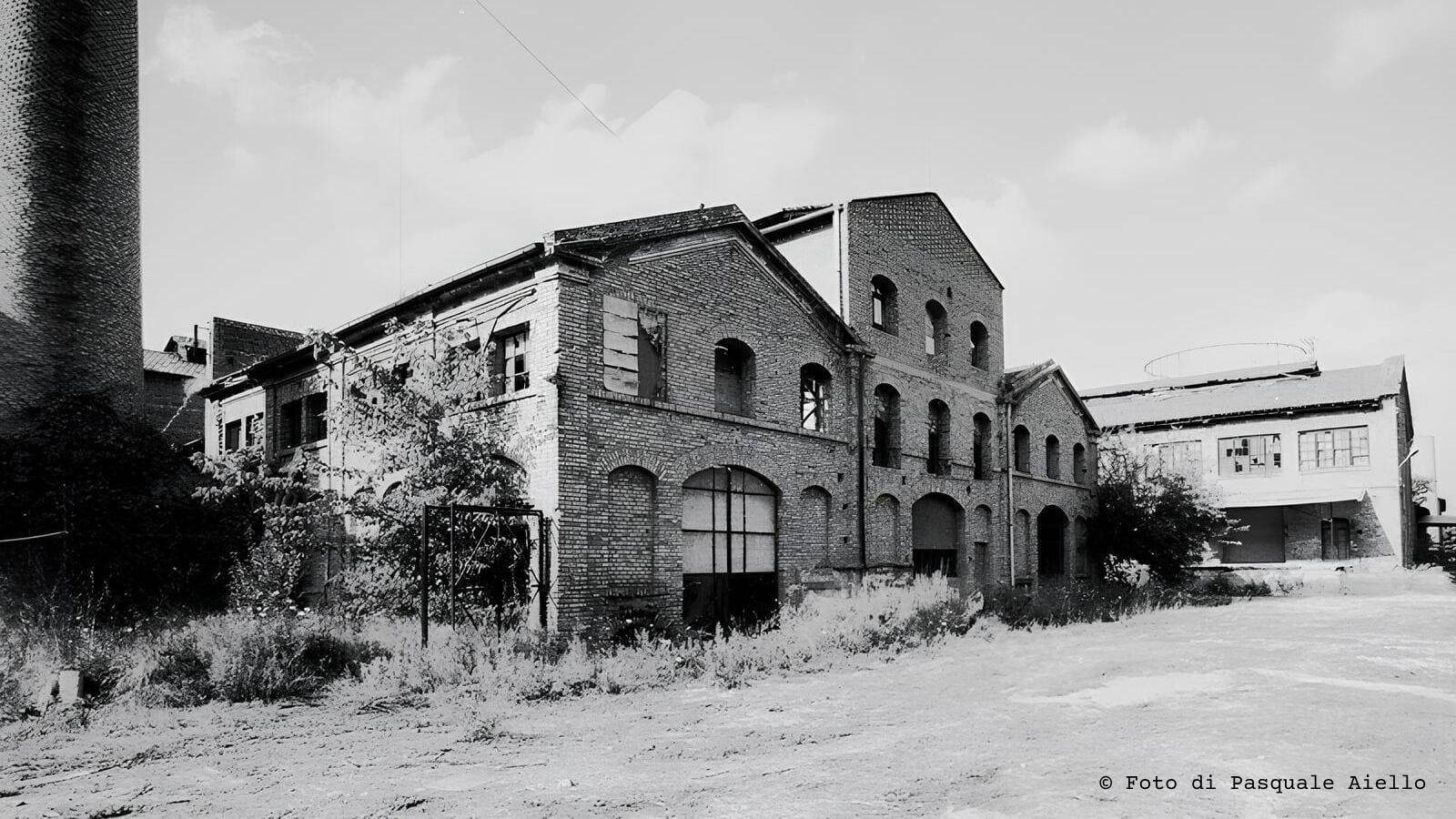
Amid this industrial buzz, in 1918, the company Mira (later Mira Lanza) settled in the area, transforming old buildings into a pioneering production center. Soaps and candles were made from waste materials from the nearby Mattatoio (slaughterhouse), while today’s L’Opificio hosted a nursery for workers’ children, a canteen, and an infirmary: a small industrial and social ecosystem centered on human care.
Ditta Medici: International Masters of Marble
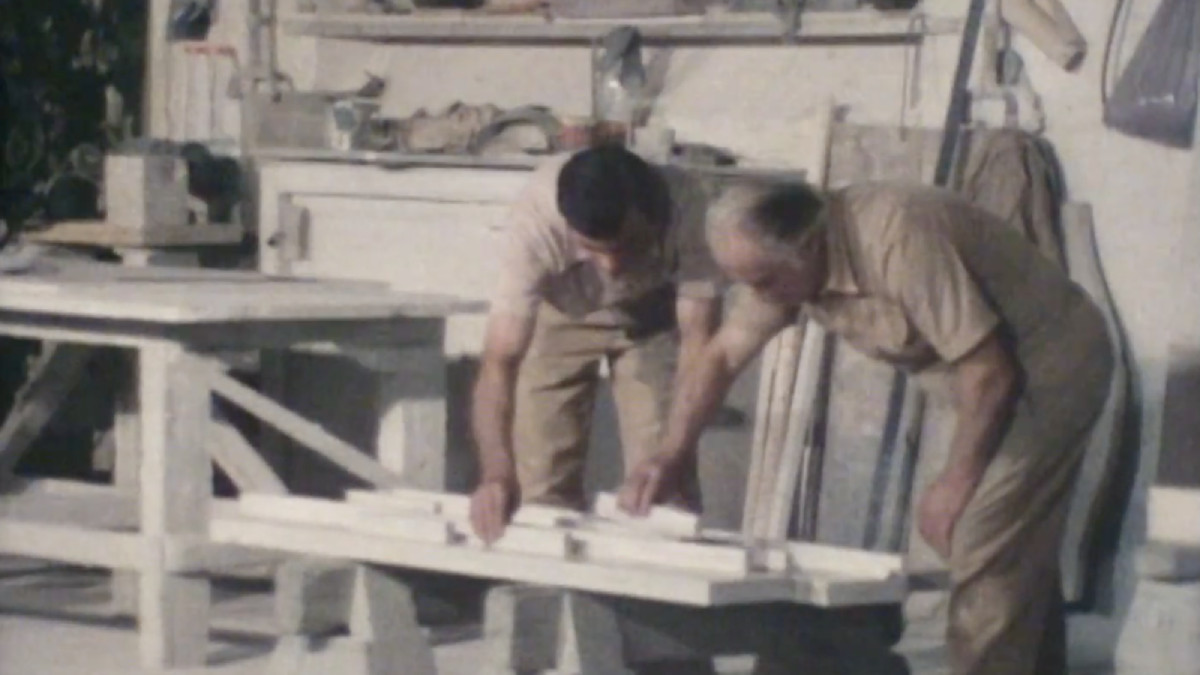
In the 1920s, the building entered a new phase. Ditta Medici, a historic name in Roman marble craftsmanship, took over the workshop (l’opificio). Under the direction of Priscilla Grazioli Medici, who inherited the company, it embraced innovation through new machinery and techniques, ushering Roman marble art into the modern era. From the floors of St. Peter’s Basilica to the cathedrals of London and New York, from the Quirinale Palace – the residence of the Italian President of the Republic – to the world’s leading museums, artworks born here have reached global prestige.
The Restoration Project
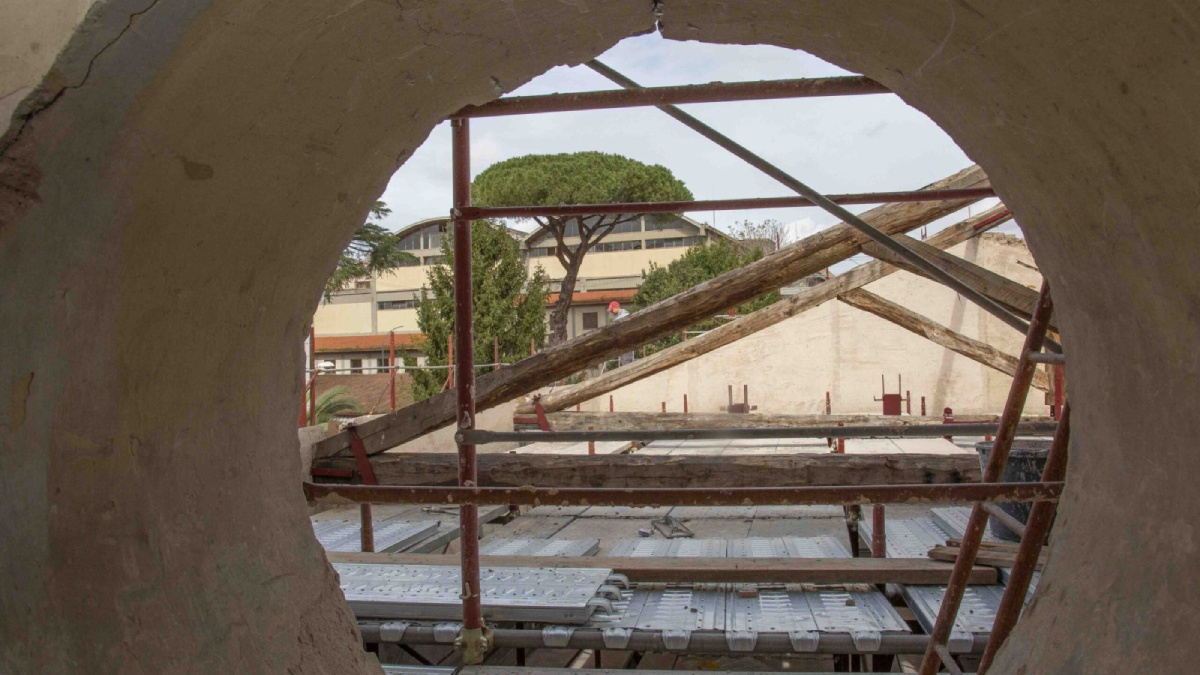
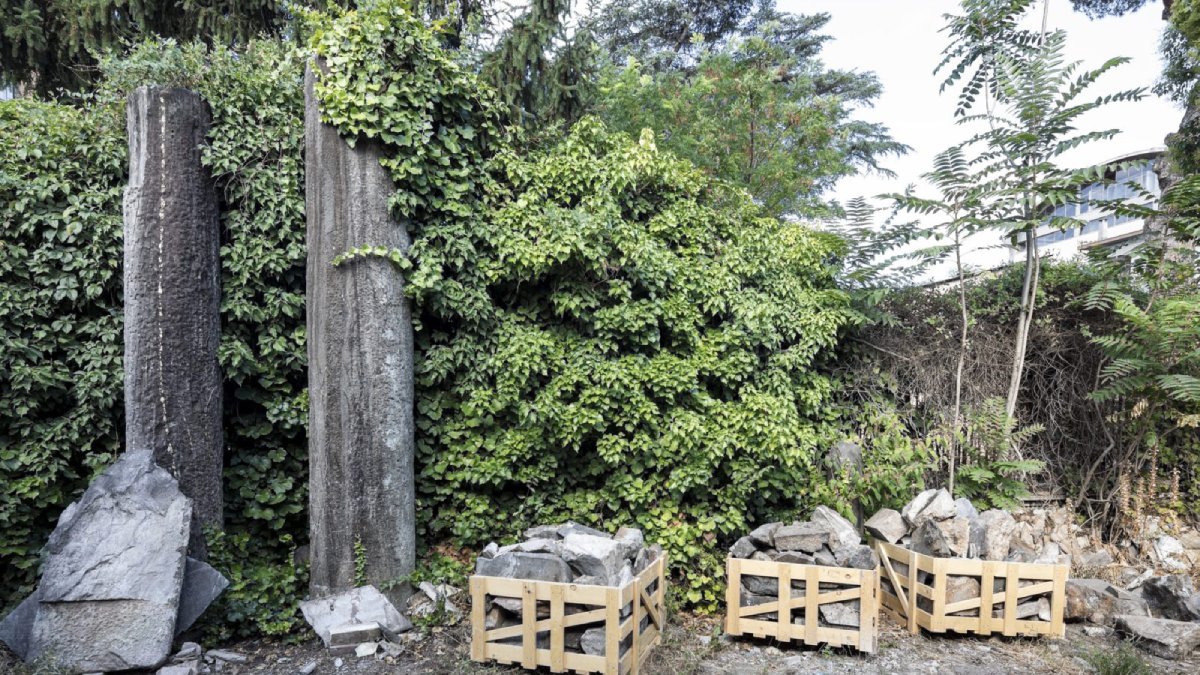
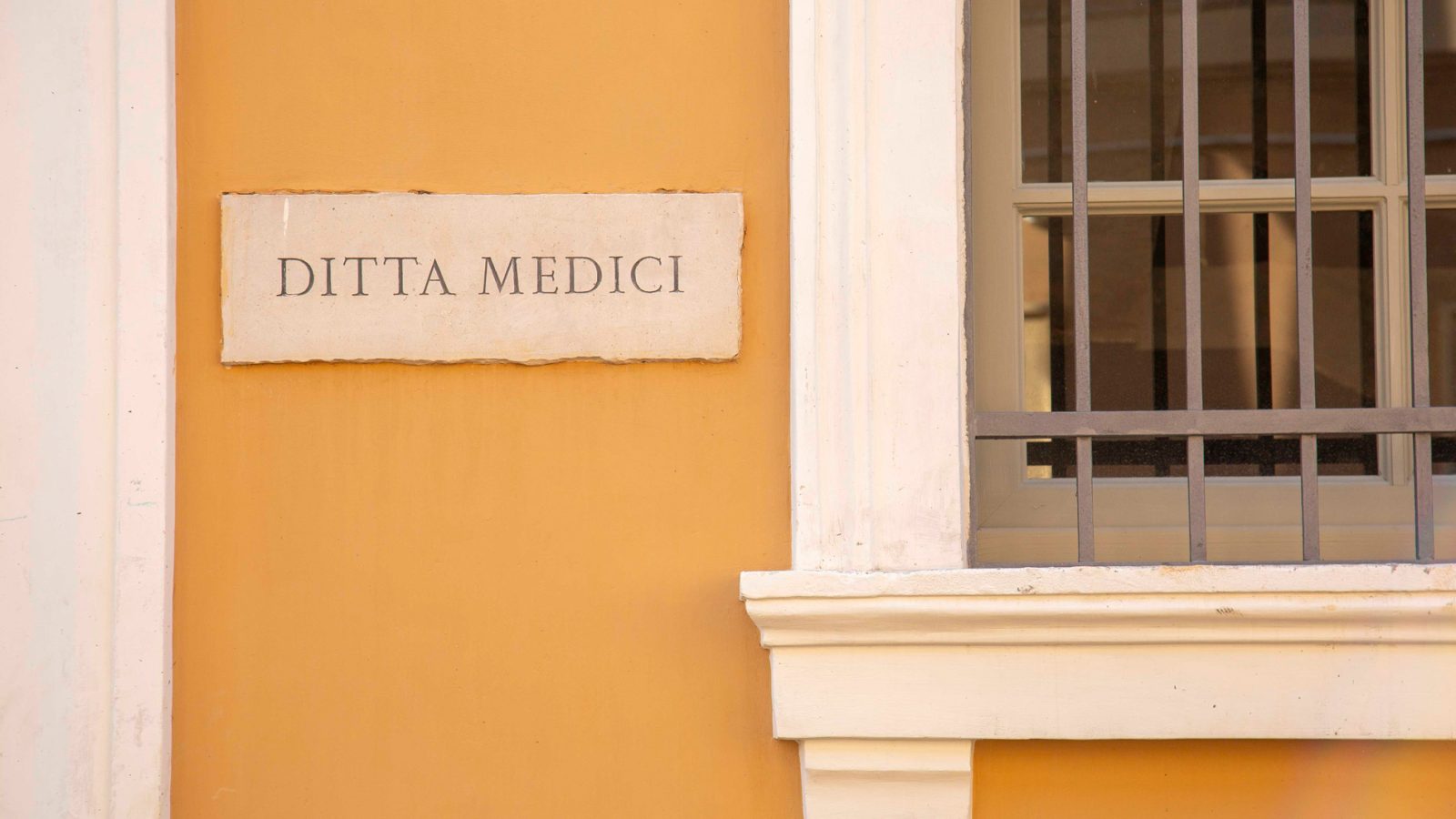
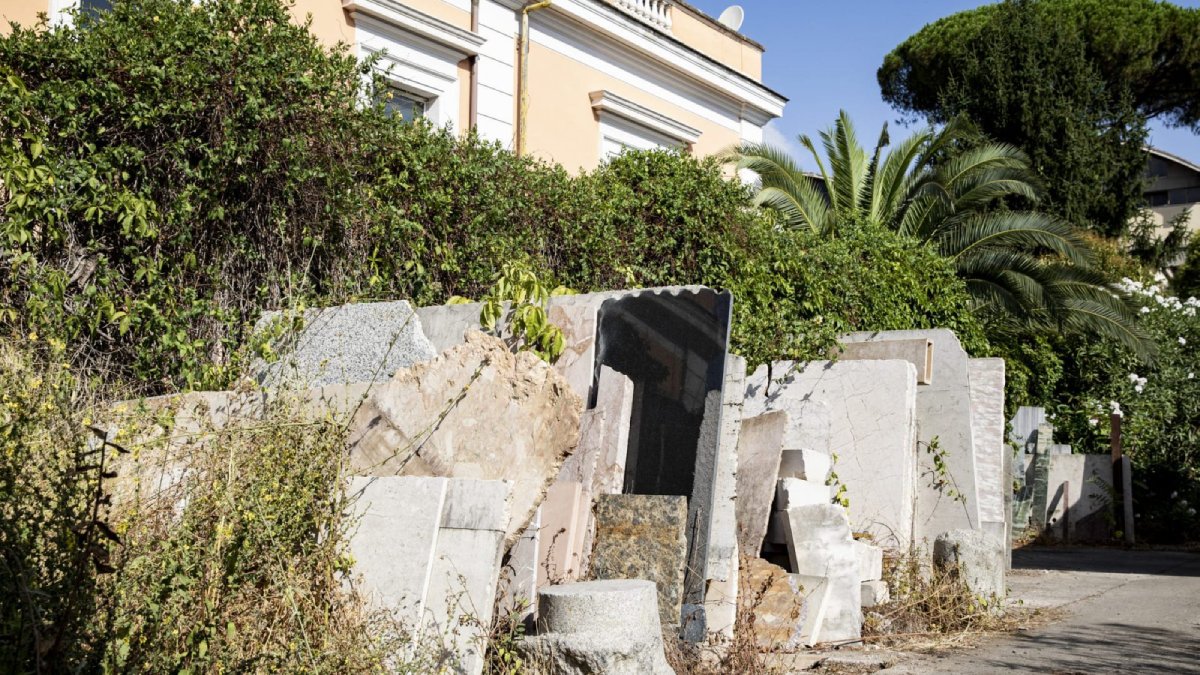
L’Opificio never stood still. Today, thanks to an urban regeneration project by Italiacamp and Studio Lococo, it has become a hub where tradition and the future meet.
A careful restoration brought back the Ditta Medici collection – majestic gypsum and marble crests and ancient columns. One of the most evocative spaces is a long corridor lined with marbles labs, once the “showroom” of the Ditta Medici.
Most of the marble remnants from decades of craftsmanship were used for the palladiana flooring of the large internal halls, alongside original and refined pavements. This choice embodies the project’s philosophy: nothing was wasted. Every fragment and detail was preserved and transformed, in a continuous dialogue between memory, sustainability, and innovation.
New spaces, new ideas, new opportunities: L’Opificio Italiacamp is a reference point for those who believe in culture, sustainability, and innovation.
Discover a story rooted in Rome, but open to the world. Every corner here speaks of the past, and every project writes the future.
Special thanks to:
- RAI − Radiotelevisione italiana S.p.A. for the video materials at the top of the page;
- Pasquale Aiello, for the photograph of the Mira Lanza nursery.
All rights to the above materials are reserved to their respective authors.

